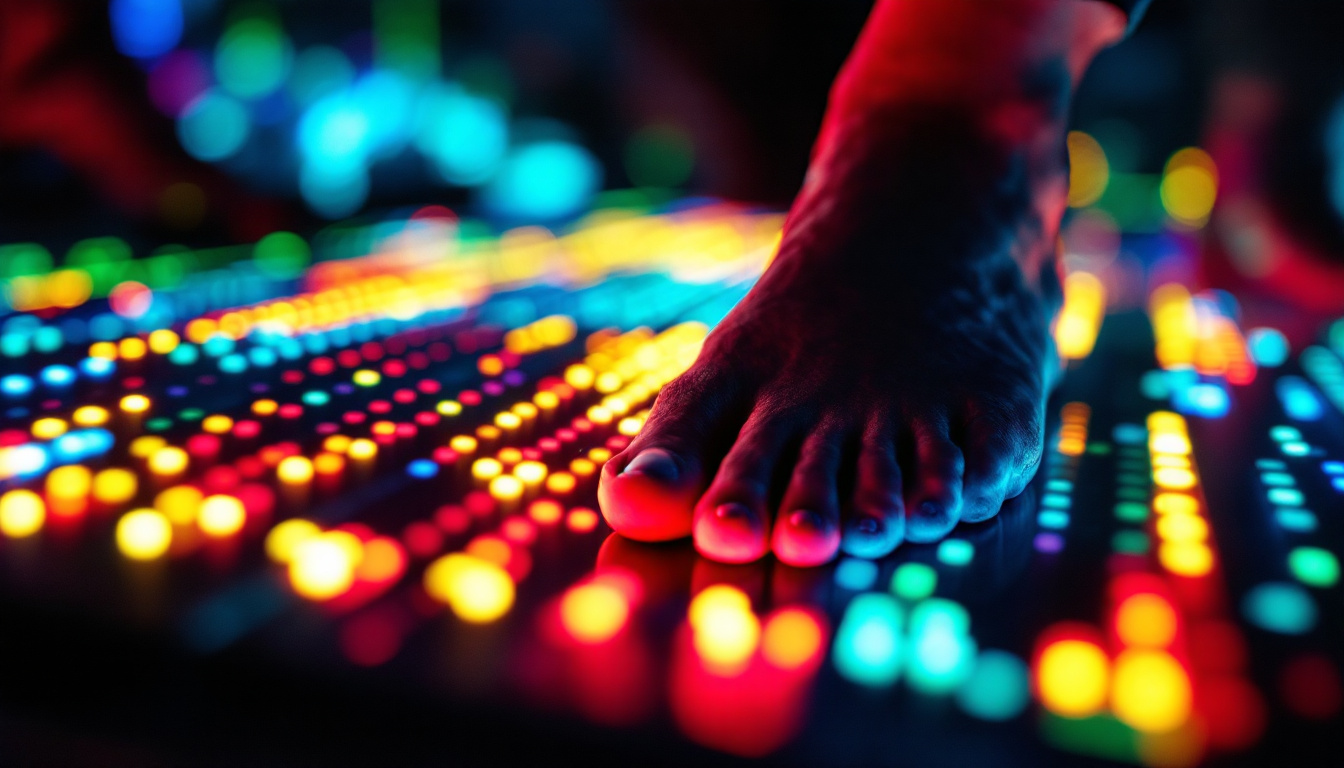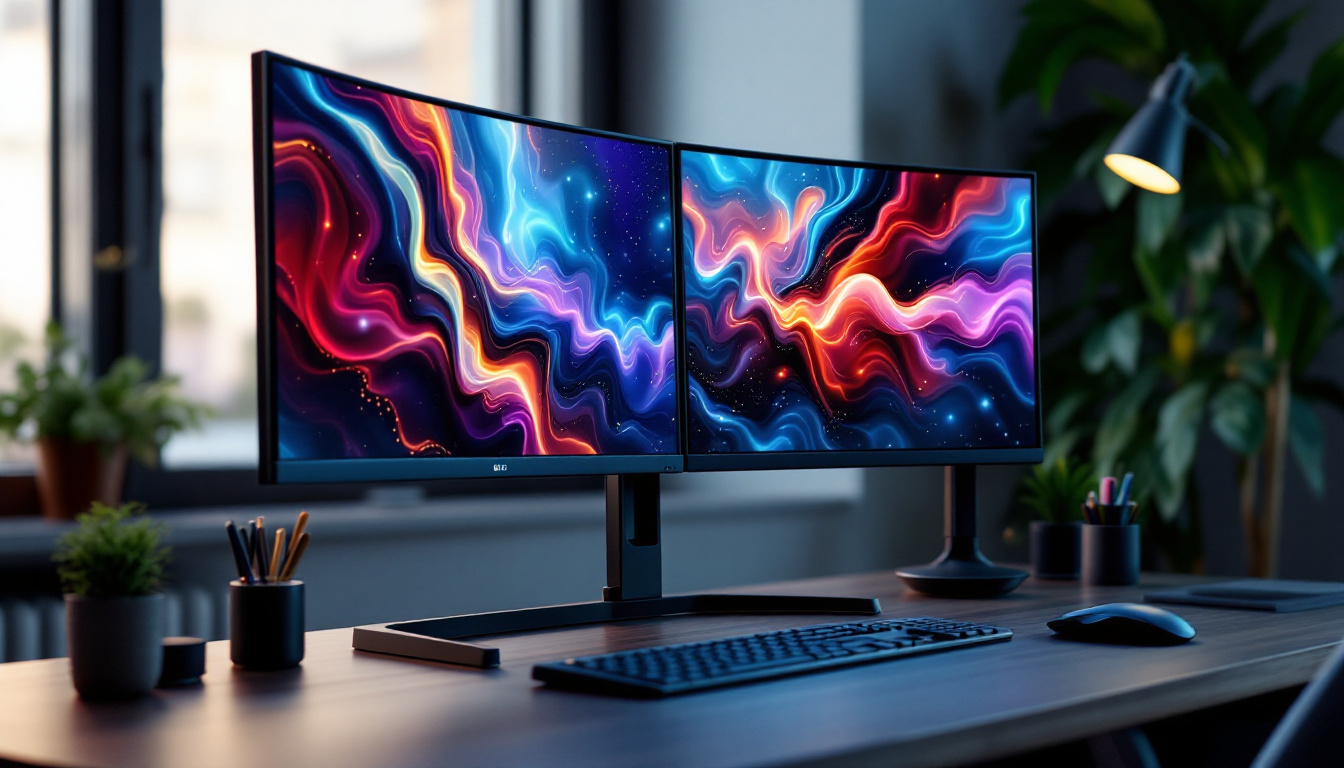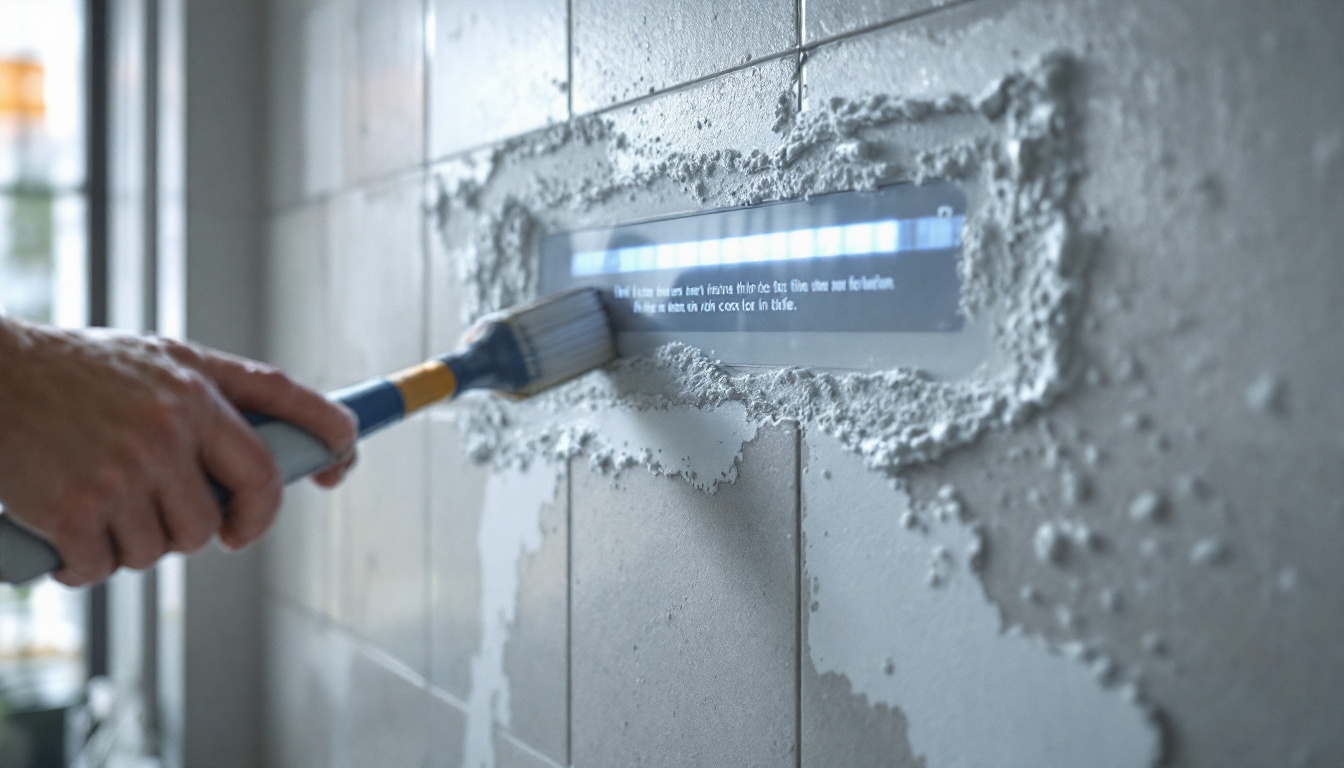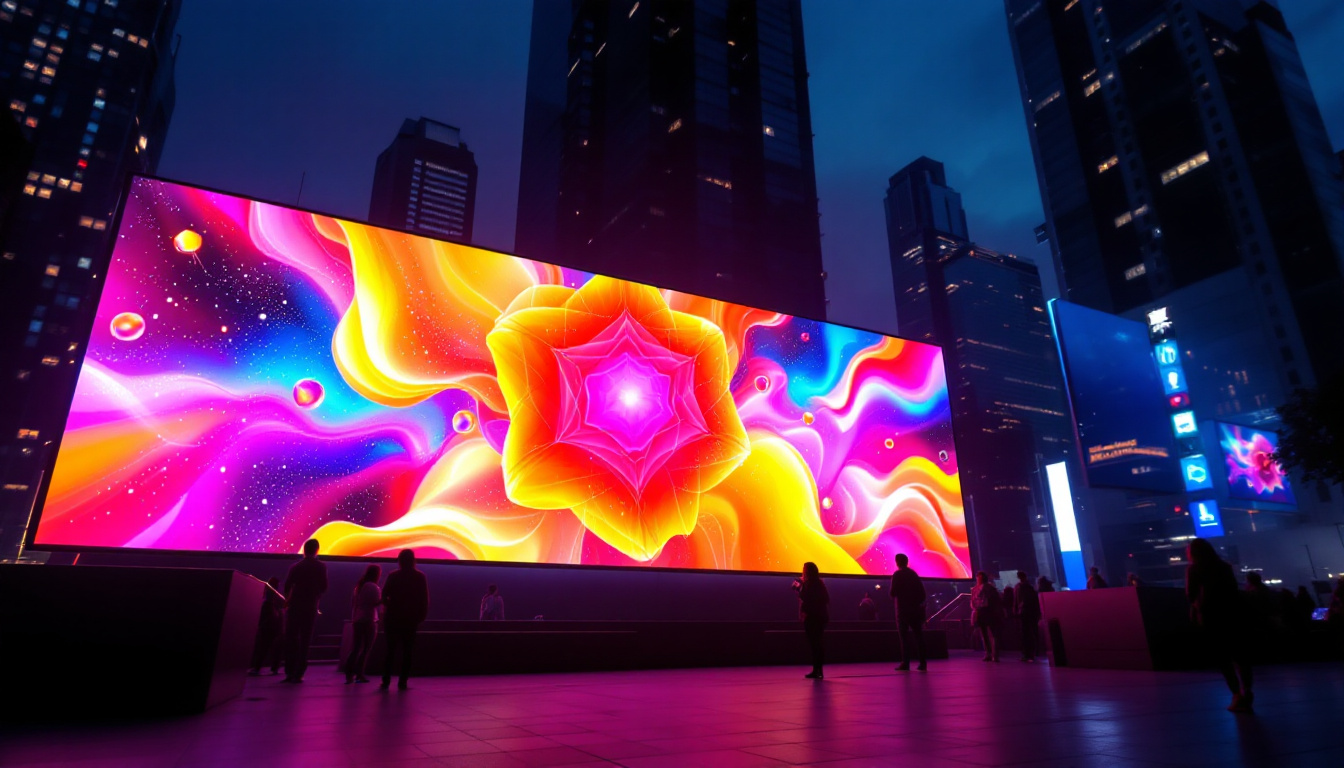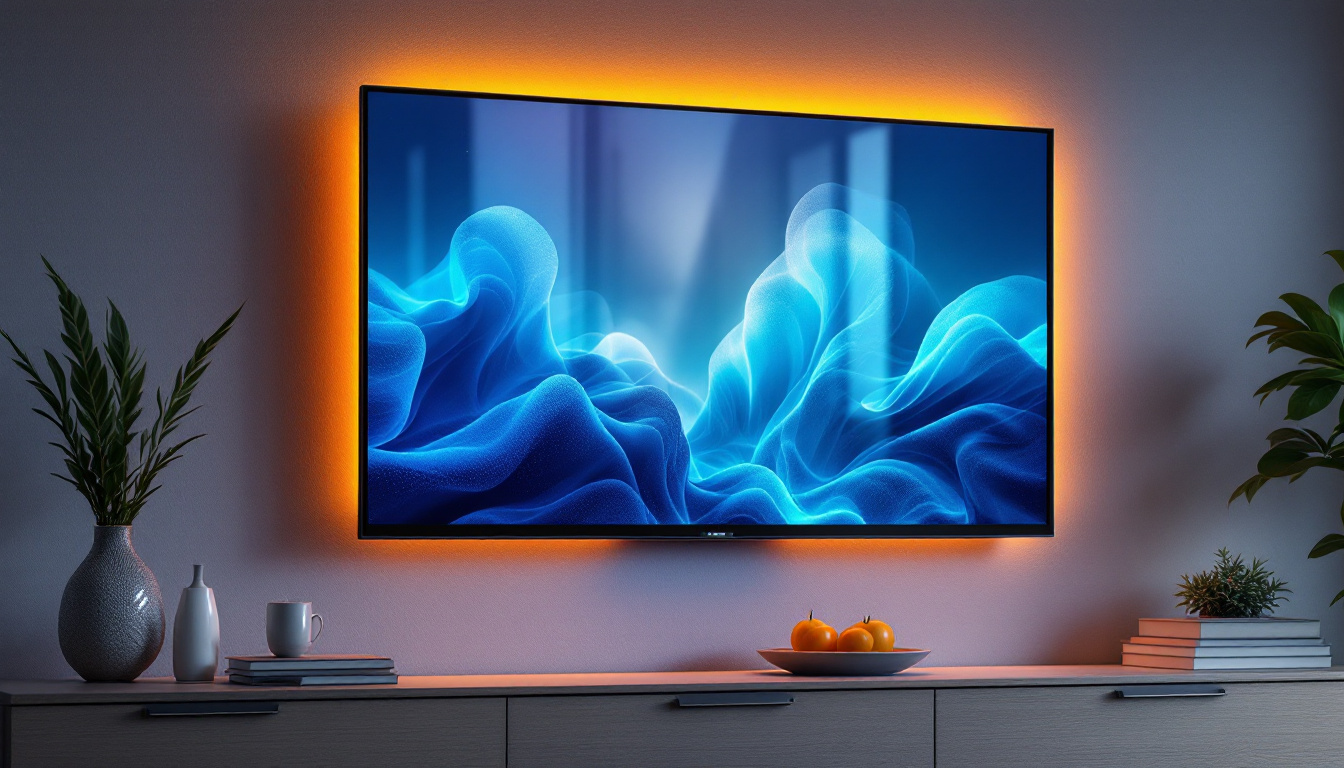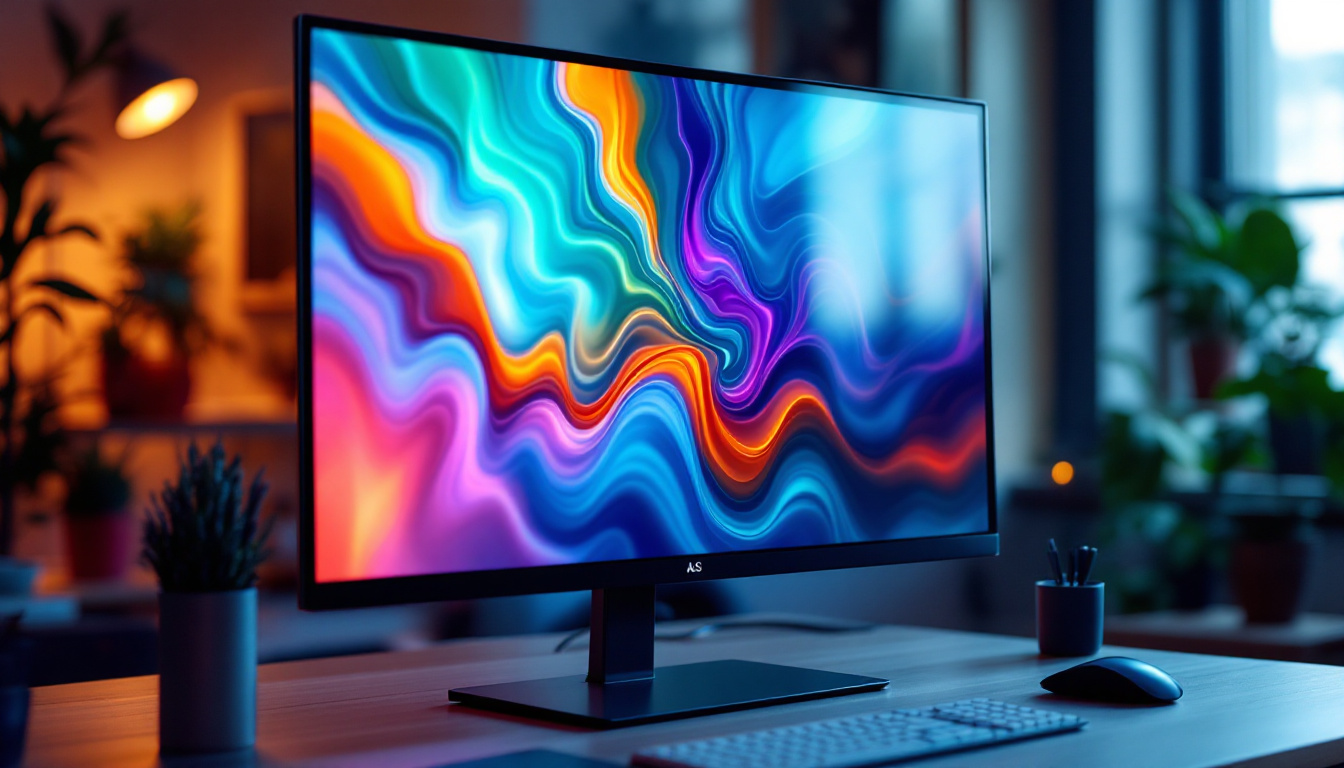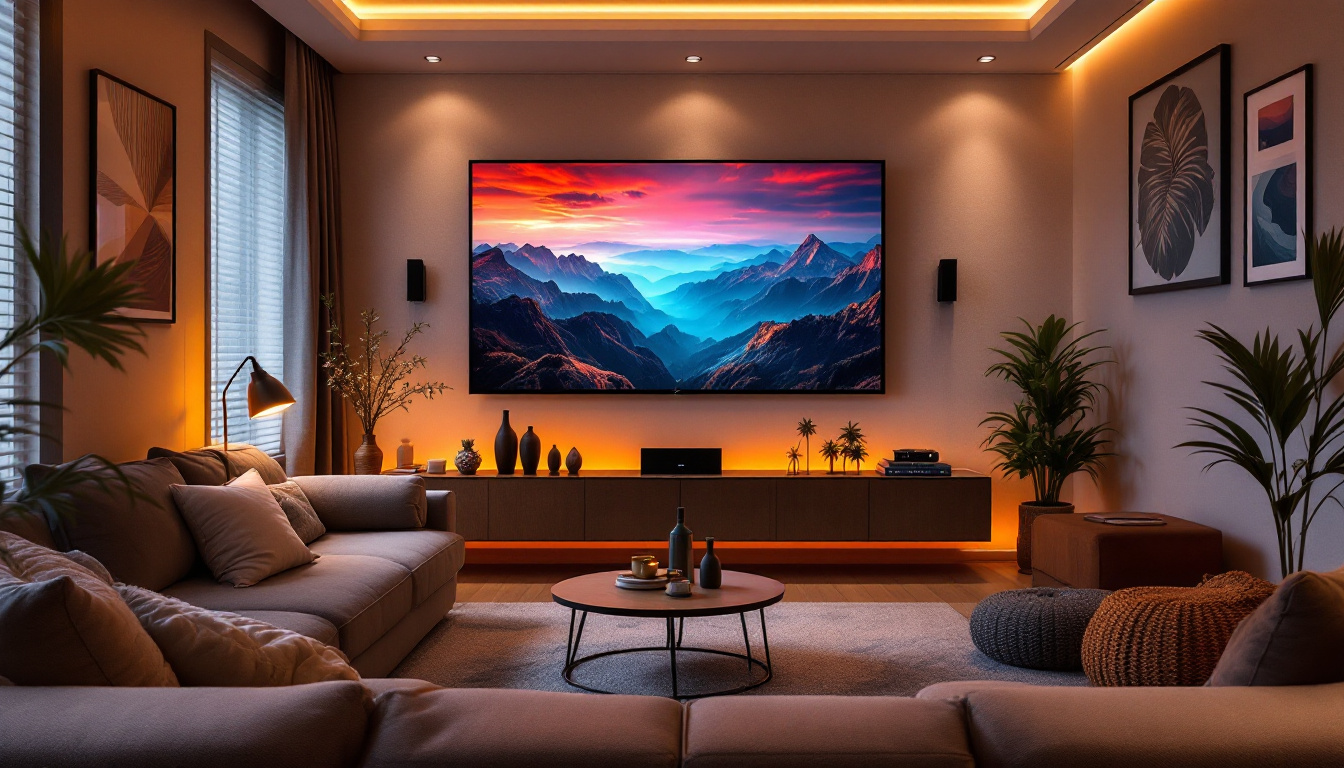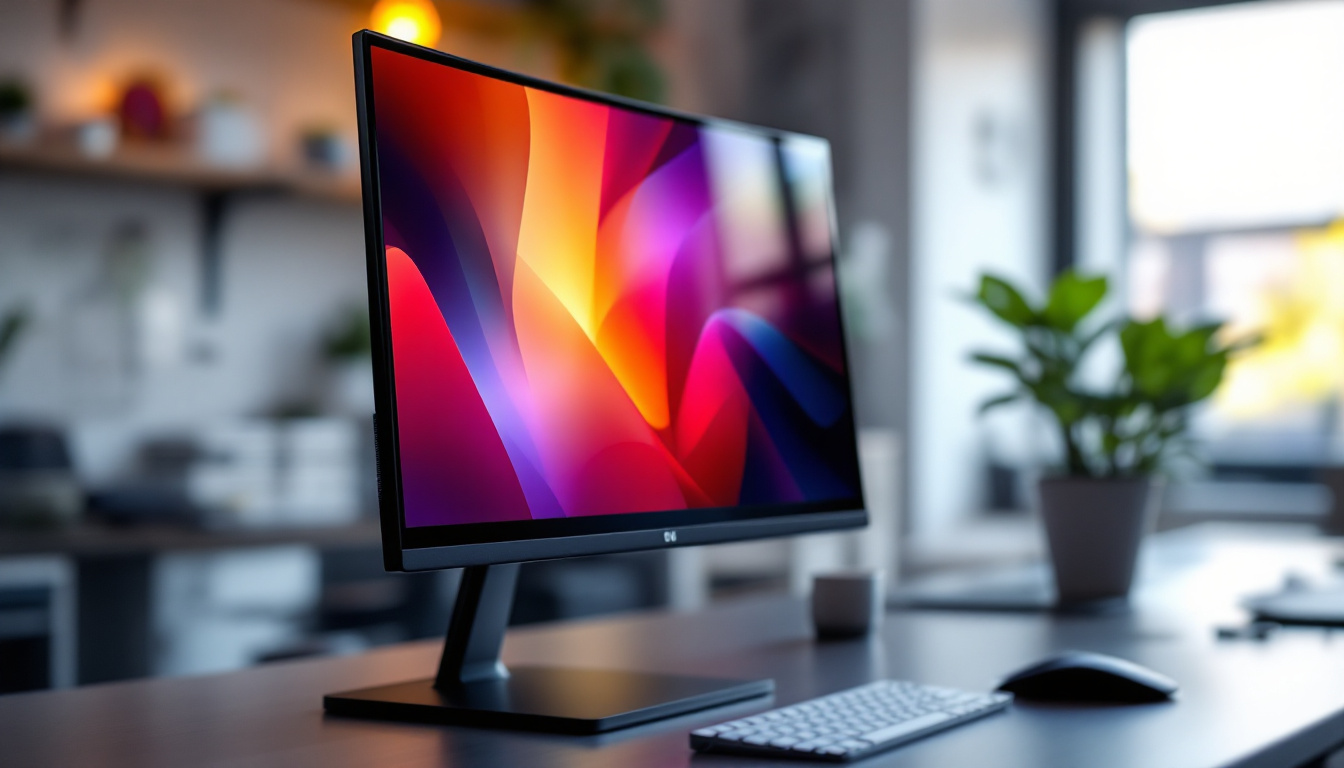The concept of plantar response is crucial in understanding how the human body reacts to stimuli, particularly in the context of neurological assessments. When combined with modern technology, such as LED displays, this response can be effectively monitored and analyzed. This article delves into the intricacies of plantar response, the role of LED displays in this field, and the implications for both clinical and research applications.
Understanding Plantar Response
Plantar response refers to the reflexive action that occurs when the sole of the foot is stimulated. This response is a vital indicator of neurological function, particularly in infants and individuals with certain neurological disorders. The most common test for plantar response is the Babinski reflex, which is often assessed during neurological examinations. Clinicians rely on these reflexes not only to gauge immediate neurological health but also to monitor changes over time, which can be crucial in managing chronic conditions.
The Babinski Reflex
The Babinski reflex is characterized by the upward movement of the big toe in response to a stimulus applied to the sole of the foot. In infants, this is a normal response, indicating healthy neurological development. However, in adults, the presence of this reflex can indicate neurological damage or dysfunction. The Babinski reflex typically disappears as the nervous system matures, making its reappearance in adulthood a significant clinical finding that warrants further investigation.
Understanding this reflex is essential for clinicians as it provides insights into the integrity of the corticospinal tract. The presence or absence of the Babinski reflex can help diagnose conditions such as multiple sclerosis, spinal cord injuries, and other neurological disorders. Additionally, variations in the reflex’s strength or response time can offer clues about the severity and location of potential neurological damage, guiding treatment decisions and rehabilitation strategies.
Other Plantar Responses
While the Babinski reflex is the most well-known, there are other plantar responses that can provide valuable information about a patient’s neurological status. For instance, the flexor response involves curling of the toes when the sole is stimulated, which is considered a normal response in adults. This reflex indicates a healthy functioning of the lower motor neurons and is often used as a baseline comparison when assessing other reflexes.
These responses can vary significantly based on age, neurological health, and other factors. Therefore, a comprehensive assessment of plantar responses is crucial for accurate diagnosis and treatment planning. In addition to the Babinski and flexor responses, clinicians may also evaluate the withdrawal reflex, where the foot pulls away from a painful stimulus, further enriching the diagnostic picture. Understanding these various reflexes can help clinicians develop a more nuanced approach to patient care, ultimately leading to better outcomes for individuals with neurological conditions.
The Role of LED Displays in Monitoring Plantar Response
Advancements in technology have led to the integration of LED displays in the monitoring and analysis of plantar responses. These displays provide a visual representation of the reflexes, making it easier for clinicians to assess and interpret the results.
How LED Displays Work
LED displays operate on the principle of light-emitting diodes, which produce light when an electric current passes through them. In the context of plantar response testing, these displays can be programmed to show real-time data on reflex responses.
When a stimulus is applied to the foot, sensors detect the response and relay this information to the LED display. The visual feedback allows for immediate analysis, which can be critical in emergency situations or when rapid assessment is required. The precision of these displays ensures that even subtle variations in reflex responses are captured, providing clinicians with a detailed overview of a patient’s neurological status.
Advantages of Using LED Displays
The use of LED displays in monitoring plantar responses offers several advantages. First and foremost, they enhance the clarity of the results. Clinicians can easily interpret the data, reducing the chances of misdiagnosis.
Additionally, LED displays can be integrated with software that tracks and analyzes response patterns over time. This capability is particularly beneficial for longitudinal studies or monitoring patients with chronic conditions, as it allows for a more comprehensive understanding of their neurological health. Furthermore, the ability to store and retrieve historical data enhances the clinician’s ability to make informed decisions based on a patient’s unique response history. This data-driven approach not only improves patient outcomes but also contributes to the broader field of medical research by providing valuable insights into the dynamics of reflex responses across diverse populations.
Moreover, the portability and durability of LED display technology make it an ideal choice for both clinical and field settings. Whether in a hospital, outpatient clinic, or even during remote assessments, these displays can withstand various environmental conditions while maintaining their functionality. This versatility ensures that healthcare providers can rely on consistent and accurate readings, regardless of the setting. As technology continues to evolve, the potential applications of LED displays in monitoring plantar responses will likely expand, paving the way for innovative solutions in patient care and rehabilitation.
Applications in Clinical Settings
The integration of LED displays in plantar response testing has significant implications for clinical practice. From routine assessments to specialized neurological evaluations, the technology enhances both the accuracy and efficiency of patient care.
Routine Neurological Assessments
In routine neurological assessments, the ability to quickly and accurately measure plantar responses can aid in the early detection of neurological disorders. Clinicians can use LED displays to provide immediate feedback to patients, fostering a more interactive and informative experience.
This immediate feedback can also enhance patient engagement, as individuals are often more motivated to understand their health status when they can visualize their responses. This interaction can lead to better adherence to treatment plans and follow-up appointments.
Specialized Neurological Evaluations
For patients with known neurological conditions, the use of LED displays can facilitate specialized evaluations. Clinicians can monitor changes in plantar responses over time, allowing for adjustments in treatment protocols based on real-time data.
Furthermore, the ability to document and analyze these responses can contribute to research efforts aimed at understanding the progression of neurological diseases. This data can be invaluable for clinical trials and studies focused on developing new therapies.
Research Implications
The application of LED displays in monitoring plantar responses extends beyond clinical settings and into the realm of research. Researchers are increasingly utilizing this technology to explore various aspects of neurological function and development.
Longitudinal Studies
Longitudinal studies that track plantar responses over extended periods can provide insights into the natural progression of neurological disorders. By using LED displays, researchers can gather consistent and reliable data that can be analyzed for trends and patterns.
This type of research can lead to a deeper understanding of how different factors, such as age, genetics, and environmental influences, impact neurological health. The findings can inform future clinical practices and enhance patient care.
Innovative Treatment Approaches
In addition to monitoring responses, LED displays can also play a role in developing innovative treatment approaches. For instance, researchers can use real-time feedback from LED displays to assess the effectiveness of new therapies or rehabilitation techniques.
By analyzing how patients respond to various stimuli, clinicians can tailor interventions to meet individual needs, ultimately improving outcomes. This personalized approach is becoming increasingly important in modern medicine, where one-size-fits-all solutions are often inadequate.
Challenges and Considerations
While the integration of LED displays in monitoring plantar responses offers numerous benefits, there are also challenges and considerations that must be addressed. Ensuring the accuracy and reliability of the technology is paramount, as any discrepancies can lead to misinterpretation of results.
Calibration and Maintenance
Regular calibration and maintenance of LED display systems are essential to ensure accurate readings. Clinicians and researchers must establish protocols for routine checks and updates to the technology to maintain its effectiveness.
Moreover, training personnel on how to use the equipment properly is crucial. Misuse or misunderstanding of the technology can lead to errors in data collection and analysis, undermining the potential benefits of using LED displays in plantar response monitoring.
Ethical Considerations
As with any technological advancement in healthcare, ethical considerations must be taken into account. Ensuring patient privacy and data security is critical, especially when sensitive neurological information is being collected and analyzed.
Researchers and clinicians must adhere to ethical guidelines and regulations to protect patient information and maintain trust in the healthcare system. Transparency in how data is used and shared is essential for fostering a positive relationship between patients and healthcare providers.
The Future of Plantar Response Monitoring
The future of plantar response monitoring is promising, particularly with the continued advancement of technology. As LED displays become more sophisticated, their applications in both clinical and research settings are likely to expand.
Integration with Other Technologies
One potential direction for the future is the integration of LED displays with other technologies, such as artificial intelligence and machine learning. These advancements could enable more sophisticated analysis of plantar responses, allowing for predictive modeling and personalized treatment plans.
Moreover, the combination of LED displays with mobile health applications could empower patients to monitor their own plantar responses at home, facilitating greater engagement in their healthcare journey.
Broader Applications in Healthcare
The principles of plantar response monitoring using LED displays could also extend beyond neurology into other areas of healthcare. For example, similar technologies could be developed to assess reflexes and responses in other parts of the body, broadening the scope of applications.
This could lead to a more comprehensive understanding of bodily responses to various stimuli, ultimately enhancing patient care across multiple disciplines.
Conclusion
In conclusion, the integration of LED displays in monitoring plantar responses represents a significant advancement in the field of neurology. By providing real-time visual feedback, these displays enhance the accuracy and efficiency of assessments, benefiting both clinicians and patients alike.
As technology continues to evolve, the potential applications of LED displays in healthcare are vast and varied. From routine assessments to groundbreaking research, the future of plantar response monitoring is bright, promising improved outcomes and enhanced understanding of neurological health.
Explore Cutting-Edge LED Display Solutions with LumenMatrix
Ready to experience the future of neurological assessment and patient engagement? LumenMatrix is at the forefront of LED display innovation, offering an array of advanced solutions tailored to healthcare and beyond. From our Floor LED Display that can transform plantar response monitoring to our dynamic range of Indoor and Outdoor LED Wall Displays, we provide the tools to enhance your clinical practice or research. Discover how our LED Sports Displays, Vehicle LED Displays, and Custom LED solutions can revolutionize your approach to visual communication. Check out LumenMatrix LED Display Solutions today and take the first step towards a more engaged, informed, and technologically empowered healthcare environment.

